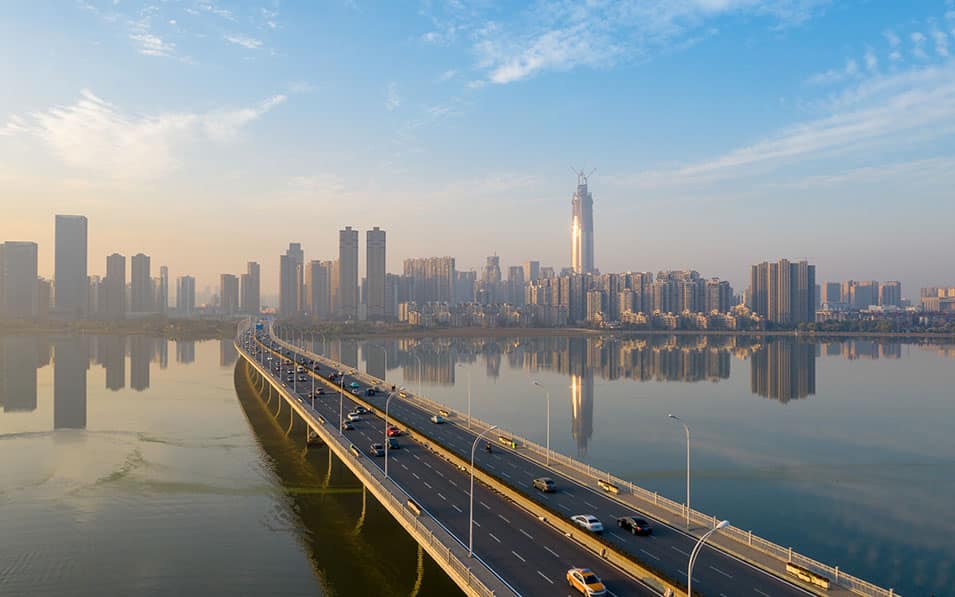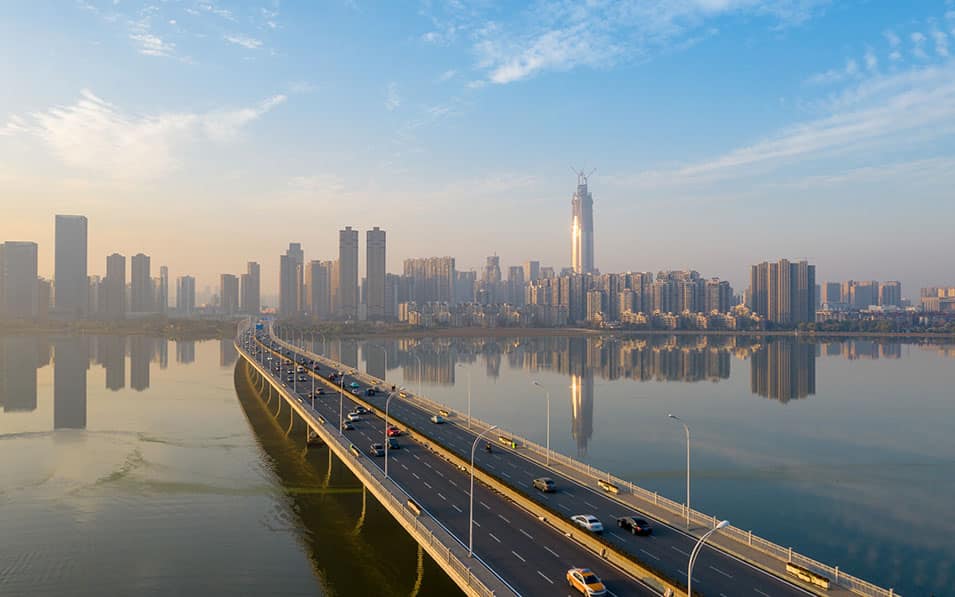
14 Dec Types of Efficiency in the Cities of the Future

The year 2021 will be remembered as a watershed moment for both civilizations and cities. The epidemic continued to have an impact on the essence of life this year as well. Municipalities and city planners, in particular, had to face the reality of COVID-19 and turn to innovative measures to prevent the pandemic’s long-term repercussions.
Green Public Space Design
Difficulties in clinging to life in cities began to emerge as a result of the expanding population, limited resources, and the growing influence of climate change. Cities in the current era are faced with the realization that green infrastructure is critical for more livable places.
Cities have suffered from harsh weather, biodiversity loss, and flooding. Municipalities intend to achieve a sustainable and healthy city by attempting to avert these problems through more afforestation.
Buildings are often supported in cities because of transportation and population density, but the negative impacts of a lack of natural space exceed expectations. One of the new goals is decarbonization research. Becoming a low-carbon city is the first step toward lowering carbon emissions and improving environmental resilience.

In green public places,
- Numerous trees, as in Singapore
- More and larger parking lots, as well as alternatives based on nature
- More bike and pedestrian paths in place of car-oriented parking spaces.
Cities in a Minutes
Cities are now attempting to organize themselves according to 15-minute transportation times in the new neighborhood approaches. Transit times are increasingly used to gauge the sustainability of neighborhoods. More livable communities are being built, particularly through neighborhood design that promotes walking and cycling.

Reduced automobile use and carbon emissions are two of the initial development goals of 15-minute cities. Every decentralized local community meets all of the criteria for living and working, resulting in a more productive existence.
Its goal is to build “compact cities” by constructing short-distance living and working places, preventing people from commuting large distances in cities.
Although 20–30 minutes of city planning are now on the schedule, this period is projected to be reduced to 15 minutes in the future.
Buildings and infrastructure that are smart
The most accurate wastewater and energy management begin with the home. Can we look at smart building and infrastructure management at the district level to begin with the questions that have been on people’s minds recently? For example, can hot water supplied from one building be utilized to suit the demands of another?
Smart buildings play a significant role in the development of a smart region. Smart buildings will be efficient in terms of water and resource sharing, as well as constructed with materials that are less detrimental to the environment.

With the resolution made at the World Green Building Council in May 2020, 28 major cities sought to construct zero-carbon structures.
It is hoped that by 2050, all construction materials and consumption patterns will be carbon neutral.
Participatory for City Development
Cities are becoming more human-centered, with designs based on people’s needs and healthy, sustainable living conditions.
The notion of collective participation is not to ensure that cities are created by certain institutions and regulators, but to ensure that all residents work together and make the micro-level contributions that they are capable of making.

Mobile applications, reporting websites, aid events, and new technologies all play important roles in applications that enable people to act and come together as a community in cities. In reality, several towns take this matter further and immediately report the developments in their communities to the institutions.
Communities are expected to boost their efficiency in accordance with sustainability and develop habitable cities during the next 20 years. The completion of this mission by 2050 has been chosen as the primary goal.
